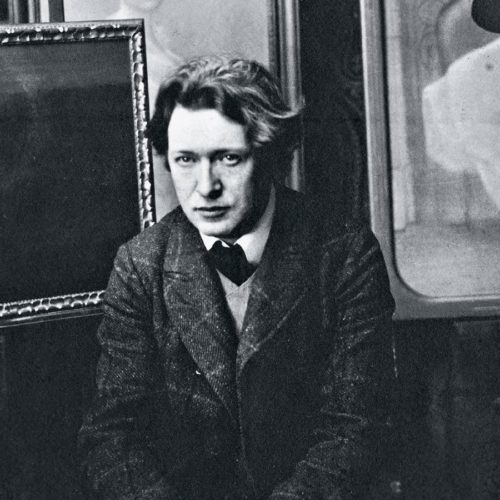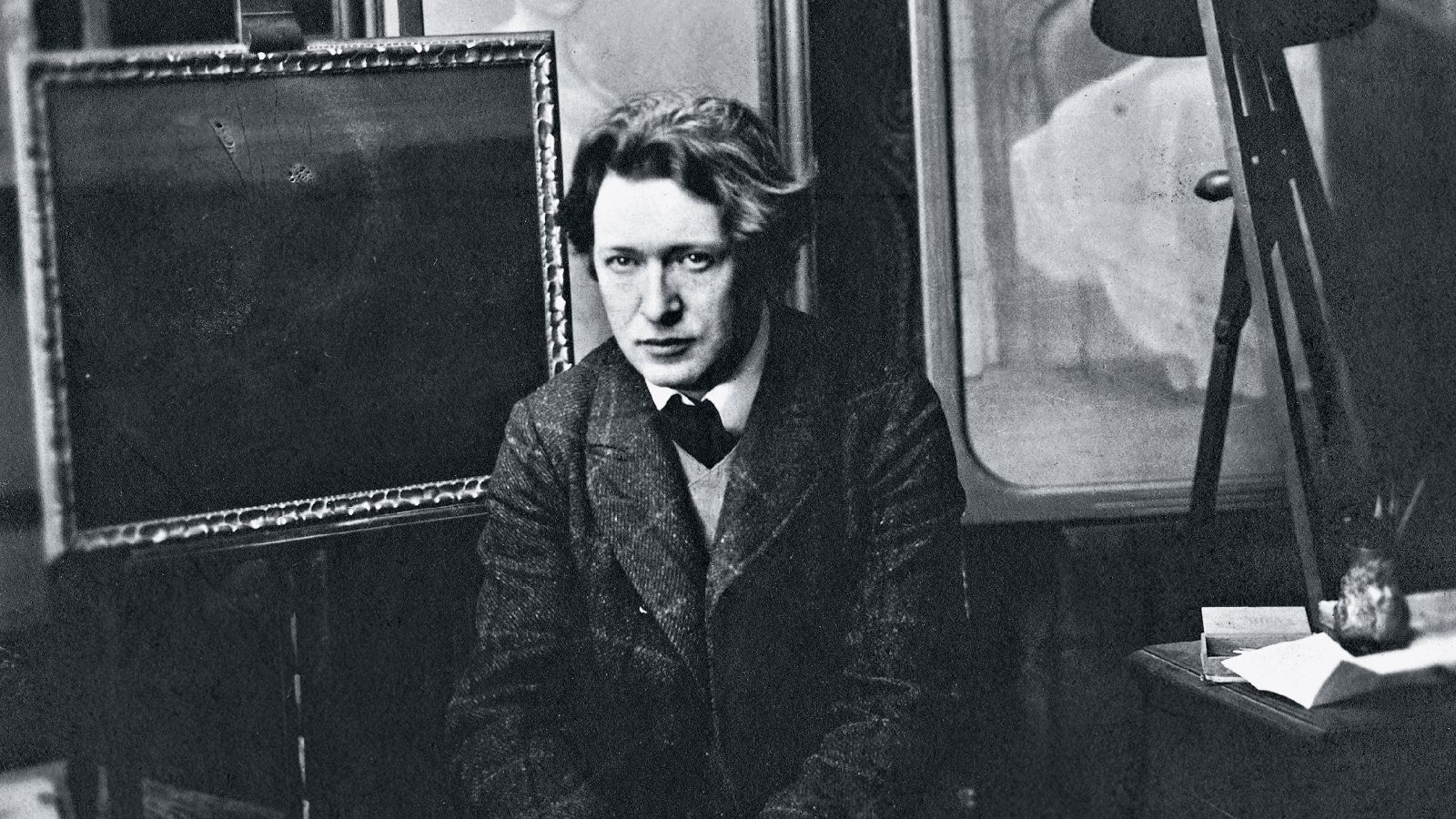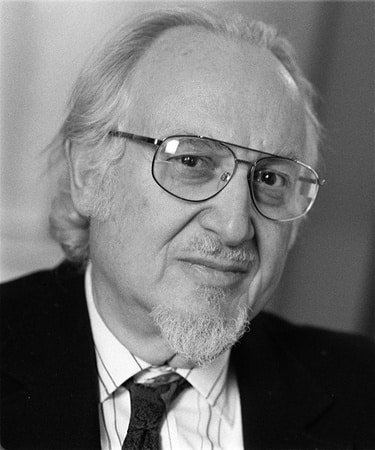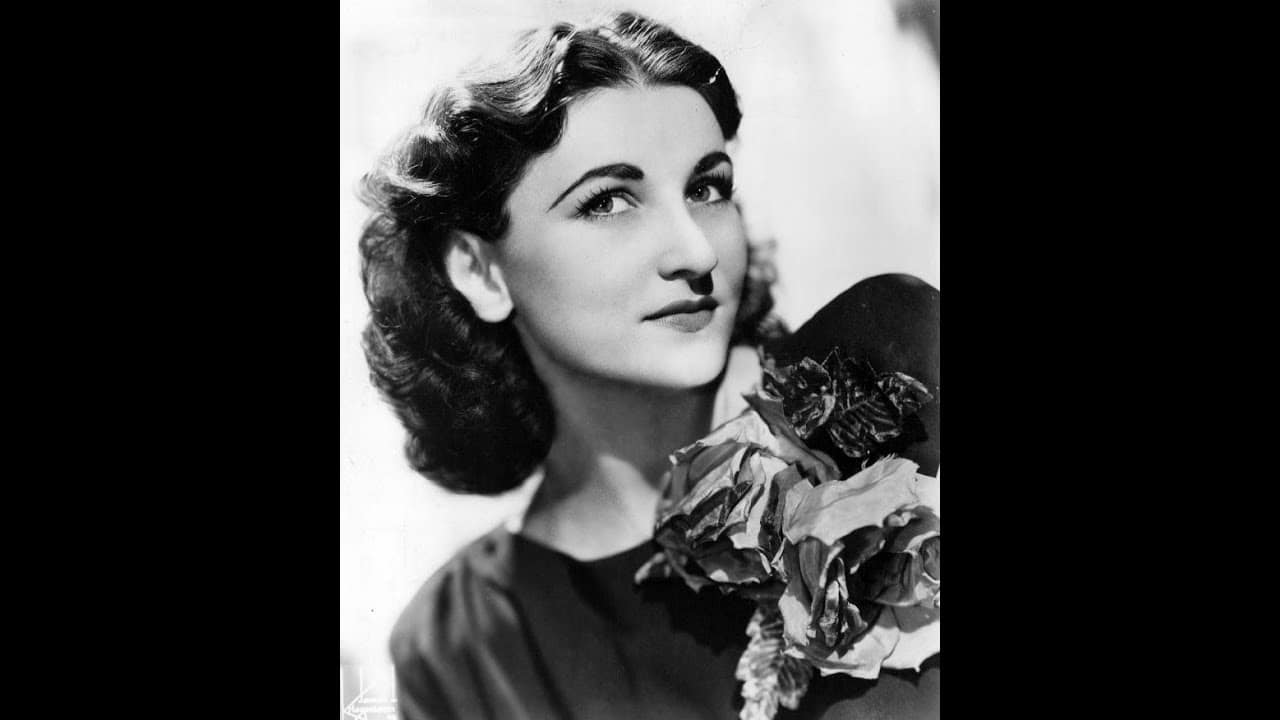Who’s the grown-up: Schoenberg or Busoni?
mainAt the dawn of modernism, two great personalities had a moderately civilised exchange.
Here’s Joseph Horowitz‘s take:
Busoni and Schoenberg also corresponded: an even more amazing written exchange. The moment I discovered it I knew it had to be animated in performance. The opportunity materialized two weeks ago in the form of a PostClassical Ensemble Concert at The Phillips Collection in DC: “The Re-Invention of Arnold Schoenberg.”
The Busoni/Schoenberg correspondence is not only acute; it is hilarious – and at our concert William Sharp, enacting both parts, had the audience in stitches. Schoenberg’s impassioned self-exhortations to “express myself directly,” to renounce acquired knowledge in favor of “that which is inborn, instinctive” can sound like a tangled Monty Python script:
“This is my vision which I am unable to force upon myself: to wait until a piece comes out of itsown accord in the way I have envisaged. My only intention is to have no intentions!”
Busoni is the adult in this exchange. But he is also a serene provocateur. When Schoenberg sends him a pair of non-tonal piano pieces (Op. 11 – composed in 1909), he is full of admiration. He then imperturbably adds:
“My impression as a pianist, which I cannot overlook, is otherwise. My first qualification of your music ‘as a piano piece’ is the limited range of the textures. As I fear I might be misunderstood, I am taking the liberty, in my own defense, of appending a small illustration.”
Busoni here takes a measure of Schoenbeg’s piano writing, and “enhances” it….
Read on here.







Comments